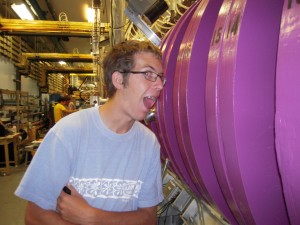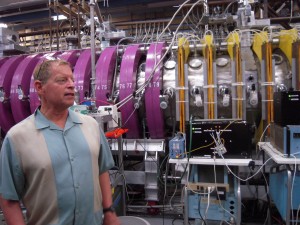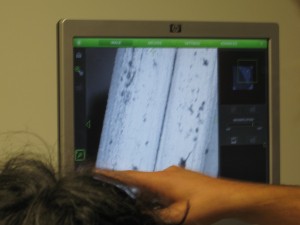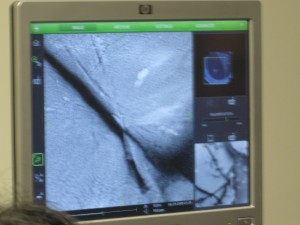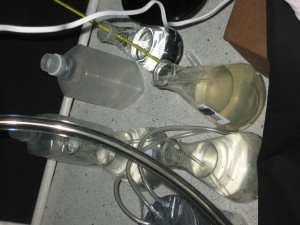Today, we observed the plasma machines doing their work, maintaining the perfect temperature for all bonds to be broken, keeping everything in plasma form instead of as atoms. This was interesting because it made me think how interesting it is that everything can maintain its bonds normally, things don’t just fly around breaking covalent bonds in all directions when left alone, instead they usually settle in, with or without entropy (but usually with, according to the Laws of Thermodynamics). Also, plasma can be thought of as the amorphous form of the common shapes in nature. Generally things take shape, except for when they are gases, during which they go every way they can without running directly into the walls (cohesion levels!). We also studied a book collection and learned about the necessities of a book collection, such as keeping books that are being sold and could be helpful to the university, like discoveries and things that students can possibly use with the help of a book professor at the professional level. Also, they contain greeting cards that have humorous effects on the human body. Something I believe that this relates to is shape in literature, because classic books take many shapes. Many allow one to create their own shapes with their own minds, which happens through processes of intuition with intermolecular forces and intramolecular forces, allowing the nuclei to interact with the rest of the cell. A questionable affectation would be to draw all literature themes as circles with equal radii, because that would be inaccurate, as most books at least have an ellipse shape, if not a hyperbola.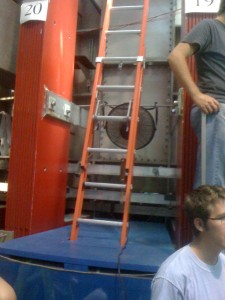
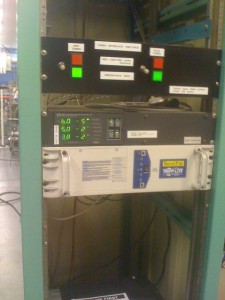
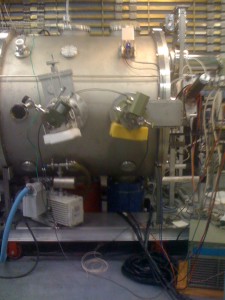
http://en.wikipedia.org/wiki/Langmuir_probe
nobelprize.org/nobel_prizes/physics/laureates/1978/kapitsa-lecture.pdf
www.1stardrive.com/solar/plasma.htm
www.marchplasma.com/pdf/Electrode Temp.pdf
en.wikipedia.org/wiki/plasma_(physics)
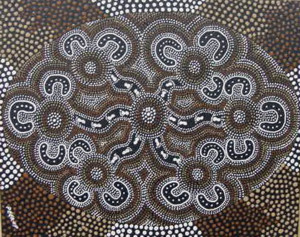
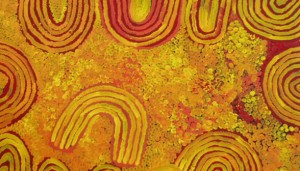
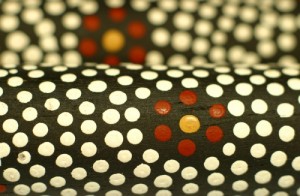 http://www.youtube.com/watch?v=dy-2vTs1q5I
http://www.youtube.com/watch?v=dy-2vTs1q5I
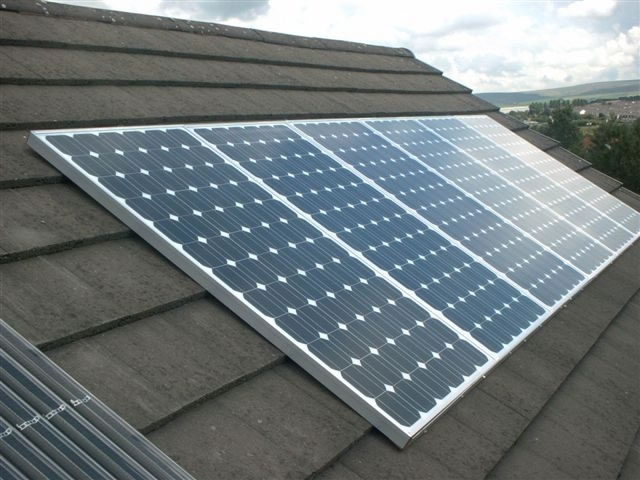
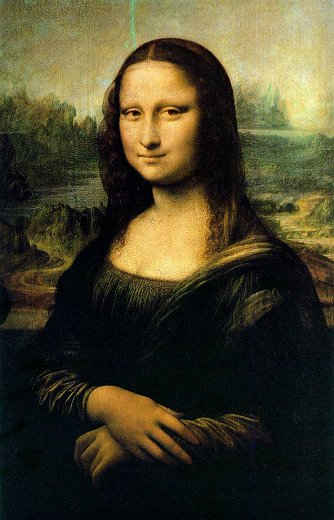
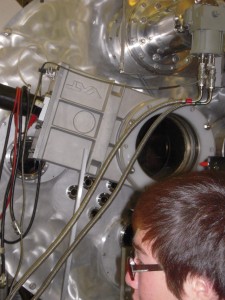
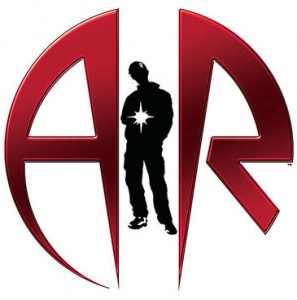

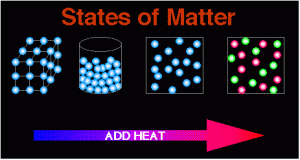

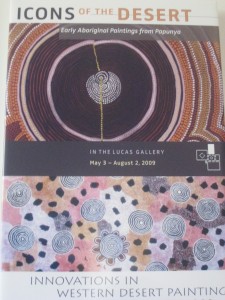
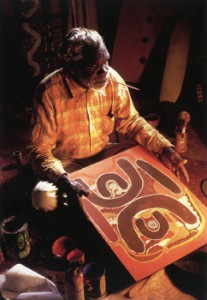

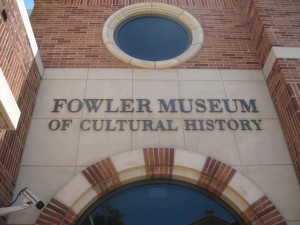
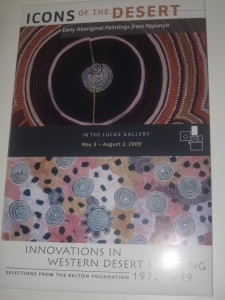
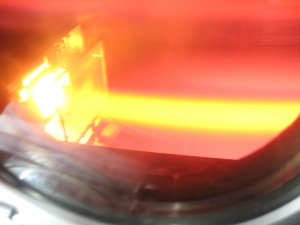


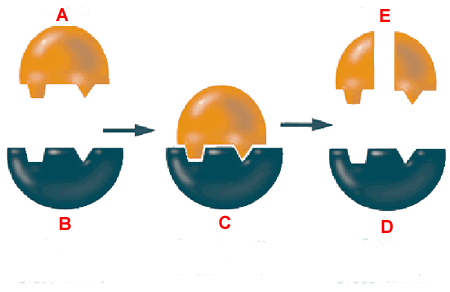
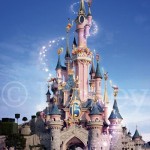
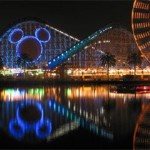
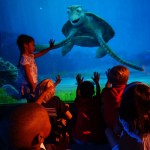

 But is this a coincidence or a parallel about the world around us and the structure of life? I thought about this question after the lecture and have come to believe that it’s not a coincidence but somehow is a clue into the interworking parts of the universe.
But is this a coincidence or a parallel about the world around us and the structure of life? I thought about this question after the lecture and have come to believe that it’s not a coincidence but somehow is a clue into the interworking parts of the universe. 